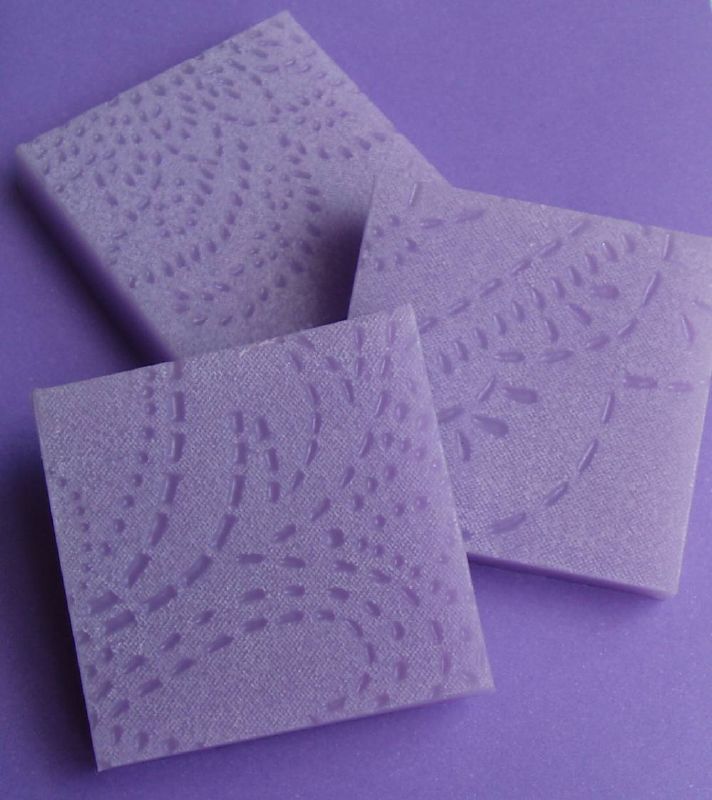The term vulvodynia refers to chronic pain in the external female genitalia with no apparent cause.
It is estimated that somewhere between 200,000 and 6 million women are affected. It seems that white females, African American, and Hispanic women are affected equally. A woman of any age from the teen years upward can be affected.
Researchers are looking at several possible causes of this "private" condition but they have not come up with a concrete answer just yet. Sexually transmitted diseases do not seem to predispose females to this condition. Other causes that are being explored include genetic factors, nerve injury/irritation, hormonal changes, frequency of antibiotic use, and history of sexual abuse.
A woman with vulvodynia may experience one or many symptoms, including burning, aching, soreness or itching. The problem may occur frequently, occasionally, or rarely. Sometimes certain situations may bring on the symptoms--exercise, tampon insertion, or intercourse to name a few. And if that isn't enough, it's embarrassing!
This problem can have a great impact on the woman involved--while not life threatening, it may affect her sexual desire or willingness to perform activities that "bring on the pain." It may also affect her self-image and can even lead to depression.
There is no cure for the condition, but education and self treatment are the mainstays. By keeping a journal or diary, those afflicted can learn for themselves what is appropriate treatment and what is not. Here are some helpful tips that can become the starting point of a treatment plan:
It is estimated that somewhere between 200,000 and 6 million women are affected. It seems that white females, African American, and Hispanic women are affected equally. A woman of any age from the teen years upward can be affected.
Researchers are looking at several possible causes of this "private" condition but they have not come up with a concrete answer just yet. Sexually transmitted diseases do not seem to predispose females to this condition. Other causes that are being explored include genetic factors, nerve injury/irritation, hormonal changes, frequency of antibiotic use, and history of sexual abuse.
A woman with vulvodynia may experience one or many symptoms, including burning, aching, soreness or itching. The problem may occur frequently, occasionally, or rarely. Sometimes certain situations may bring on the symptoms--exercise, tampon insertion, or intercourse to name a few. And if that isn't enough, it's embarrassing!
This problem can have a great impact on the woman involved--while not life threatening, it may affect her sexual desire or willingness to perform activities that "bring on the pain." It may also affect her self-image and can even lead to depression.
There is no cure for the condition, but education and self treatment are the mainstays. By keeping a journal or diary, those afflicted can learn for themselves what is appropriate treatment and what is not. Here are some helpful tips that can become the starting point of a treatment plan:
- Use unscented toiled paper
- Wear 100% cotton white panties
- Use detergent that is dermatologically approved
- Don't use fabric softeners on panties
- Rinse affected area with cool water after urinating and after intercourse
- Avoid foods that produce irritating by-products that are excreted in the urine--these include greens,beans, chocolate and nuts
- Wear loose-fitting pants or skirts
- Avoid pantyhose
- Avoid vulvar contact with shampoo, perfume, perfumed creams or soap, contraceptive creams, or spermicides.
Sources: WebMD; flickr

Comments
Post a Comment